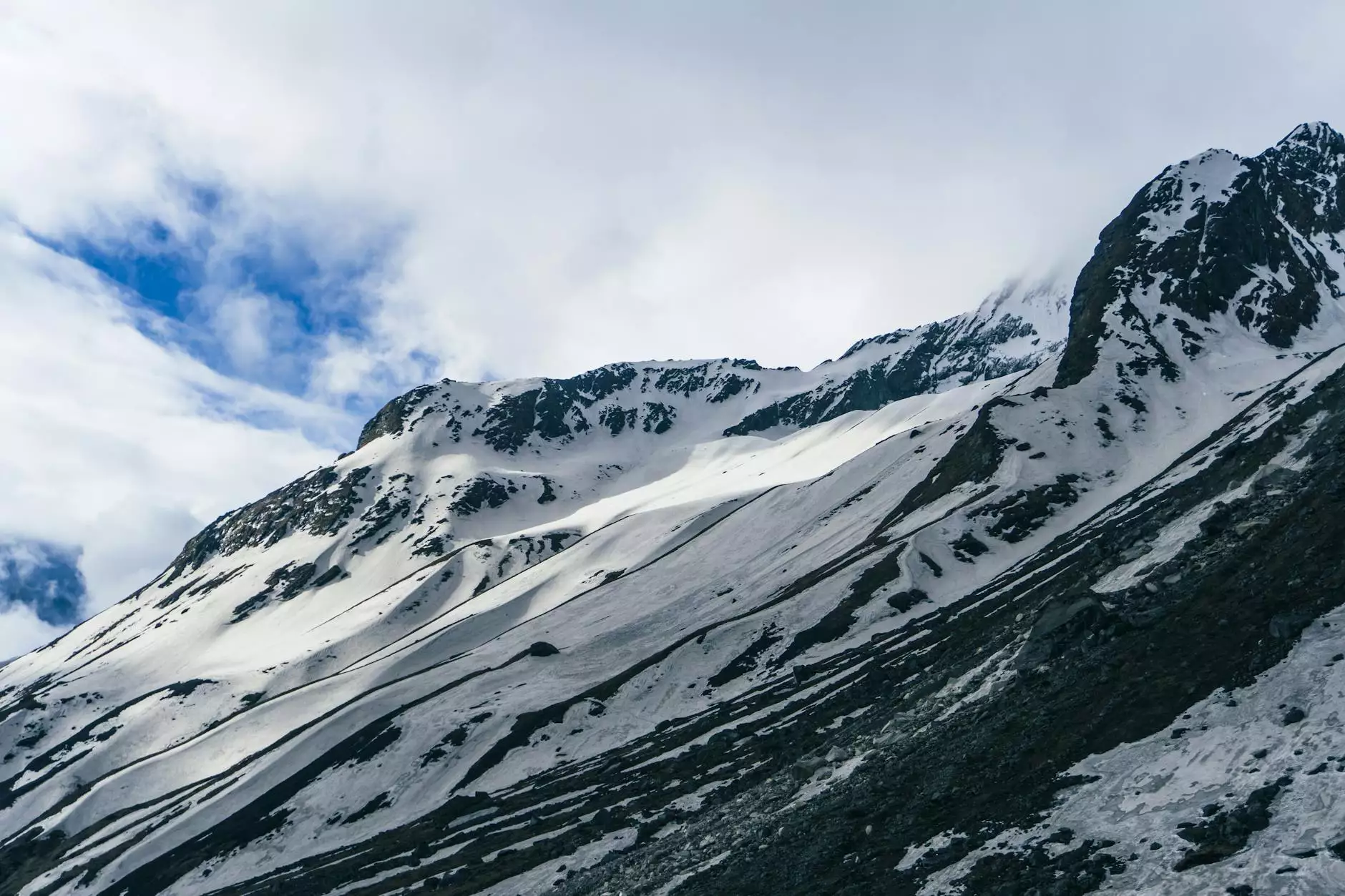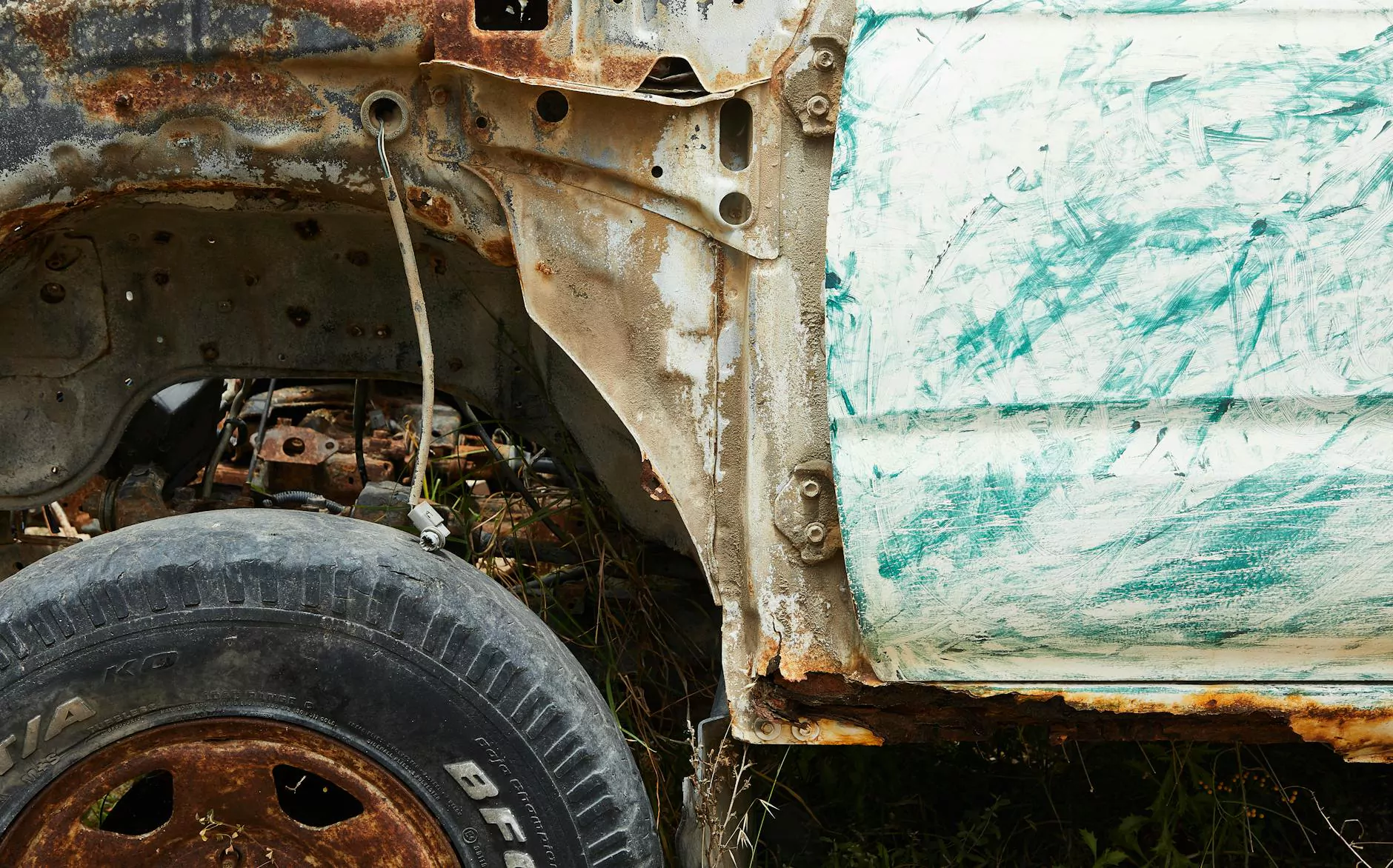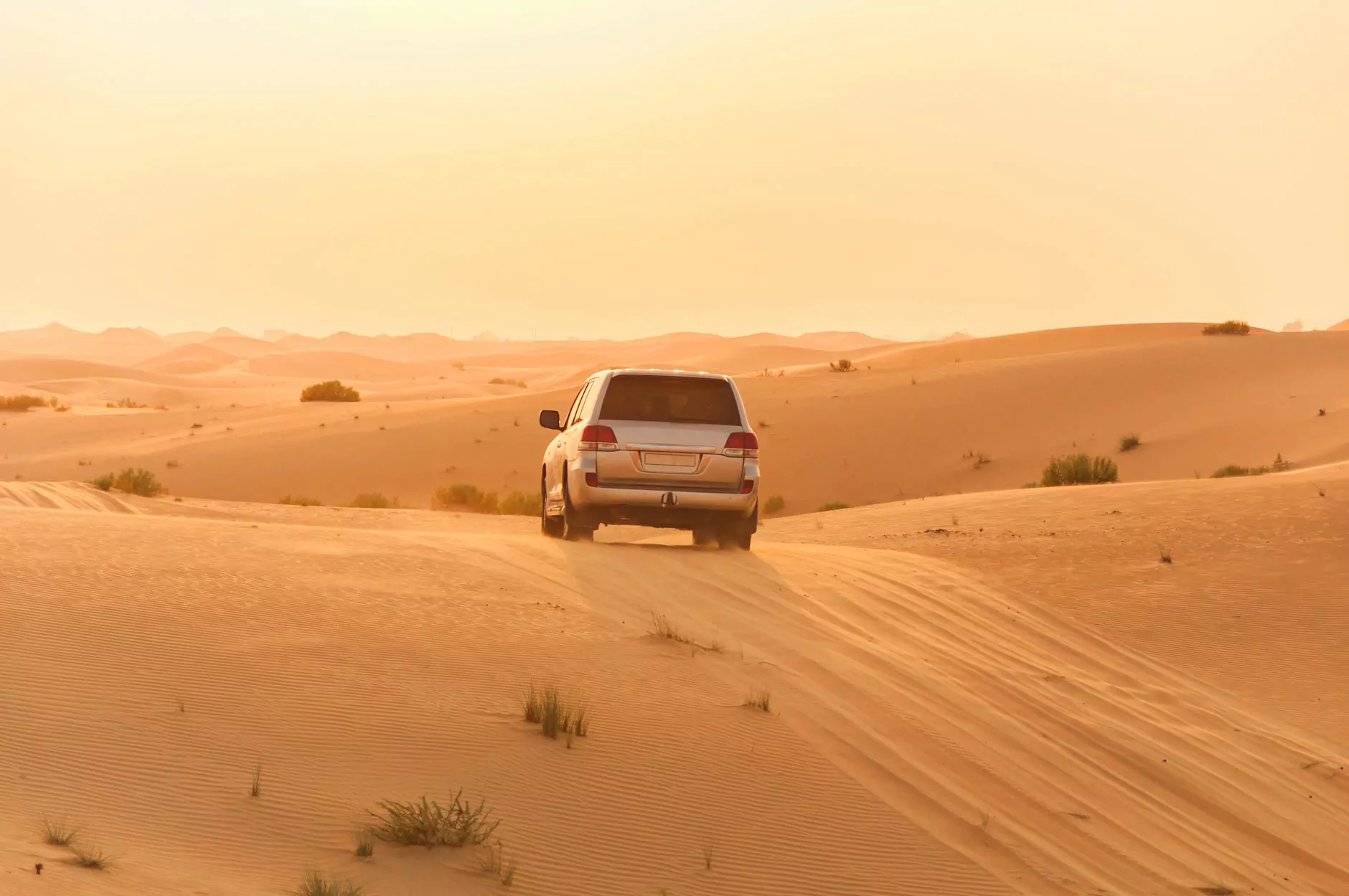Walking from Kathmandu to Everest Base Camp: An Unforgettable Journey

When it comes to adventure travel, walking from Kathmandu to Everest Base Camp is an experience that stands out. The trek offers breathtaking views, unparalleled natural beauty, and a deep dive into the culture of the Sherpas and other local communities. This article will provide a comprehensive guide to undertaking this remarkable journey, detailing everything from preparation and gear to the stunning landscapes you’ll encounter along the way.
Introduction to the Everest Base Camp Trek
The journey begins in the vibrant city of Kathmandu, the bustling capital of Nepal. Known for its rich history, culture, and colorful streets, Kathmandu serves as the ideal launching point for trekkers eager to explore the majestic Himalayas. The trek to Everest Base Camp (EBC) typically covers around 130 kilometers (80 miles) one way and takes approximately 12-14 days, depending on individual pace and acclimatization needs.
Why Choose to Trek to Everest Base Camp?
- Stunning Landscapes: From lush green hills to snow-capped peaks, the diversity of landscapes is astounding.
- Cultural Immersion: Experience the unique culture and traditions of the Sherpa people and visit ancient monasteries.
- A Sense of Accomplishment: Reaching Everest Base Camp is a dream for many adventurers, providing an immense sense of achievement.
- Unique Wildlife: The region is home to diverse flora and fauna, including endangered species like the red panda.
Preparation for the Trek
Proper preparation is crucial for a successful trek to EBC. Consider the following aspects:
Fitness Training
Before embarking on your adventure, it is essential to ensure you are physically fit. Start a training regimen that includes:
- Cardio Workouts: Running, cycling, or swimming for at least 30 minutes several times a week.
- Hiking: Practice hiking with a loaded backpack to simulate trekking conditions.
- Strength Training: Focus on your legs, core, and upper body to handle the demanding trek.
Choosing the Right Gear
Investing in the right gear is vital for comfort and safety during your trek. Here’s a list of essential equipment:
- Footwear: Sturdy trekking boots, preferably waterproof and well broken-in.
- Clothing: Layered clothing suitable for varying weather conditions (thermal base layers, insulating layers, and waterproof outer layers).
- Sleeping Gear: A good sleeping bag rated for cold temperatures.
- Backpack: A comfortable daypack for daily essentials and a larger pack for overnight gear.
- Hydration System: Water bottles or hydration reservoirs to stay hydrated.
The Route: Step-by-Step Guide
The typical route to Everest Base Camp consists of several distinct stages. Here’s what you can expect:
Day 1: Fly from Kathmandu to Lukla
Your journey starts with a scenic flight from Kathmandu to Lukla. Upon landing, you’ll begin your trek towards Phakding, where you can spend the night and acclimatize.
Day 2: Trek to Namche Bazaar
Trekking from Phakding to Namche Bazaar is a crucial leg of your journey. This vibrant Sherpa town is the cultural hub of the Khumbu region and provides essential services, shops, and internet access.
Days 3-4: Acclimatization in Namche Bazaar
Spending a couple of days in Namche is critical for acclimatization. Explore the surrounding areas, including a hike to the Everest View Hotel for breathtaking views.
Day 5: Trek to Tengboche
The path to Tengboche takes you through beautiful forests and offers views of Ama Dablam, one of the most stunning peaks in the region. Visit the famous Tengboche Monastery, an essential spiritual site.
Day 6: Trek to Dingboche
Your trek continues to Dingboche, where you’ll have the chance to acclimatize again. The views of the surrounding peaks become more dramatic as you ascend.
Day 7: Acclimatization in Dingboche
Spend another day acclimatizing by tackling a short hike to Nagarjun Hill, which offers panoramic views of the Himalayas.
Day 8: Trek to Lobuche
The trek to Lobuche is challenging but rewarding, as you walk along the moraine with views of several breathtaking peaks.
Day 9: Trek to Everest Base Camp!
Finally, you will make your way to Everest Base Camp. The sense of accomplishment you feel upon reaching this iconic spot is indescribable. Enjoy the views, take photos, and soak in the moment.
Day 10: Return Trek to Gorak Shep and climb Kala Patthar
After visiting EBC, hike to Gorak Shep and then ascend Kala Patthar, the best viewpoint for catching a sunrise over Mount Everest.
Days 11-14: Returning to Lukla
The journey back to Lukla follows the same route you initially took. Allow ample time to enjoy the journey back, stopping at villages along the way to experience local life.
Best Time to Trek to Everest Base Camp
The ideal time for walking from Kathmandu to Everest Base Camp is during the spring (March to May) and autumn (September to November) seasons. These months provide suitable weather conditions, with more stable temperatures and fewer chances of rain.
Health Precautions and Safety
Altitude sickness is a potential risk on such treks. To mitigate this, follow these tips:
- Acclimatization: Take adequate time to acclimatize at high altitudes.
- Hydration: Drink plenty of water throughout your trek.
- Listen to Your Body: Be aware of any symptoms of altitude sickness and don’t hesitate to descend if necessary.
Conclusion: Your Adventure Awaits
Walking from Kathmandu to Everest Base Camp is not just a trek; it’s an adventure of a lifetime that combines unparalleled natural beauty with rich cultural experiences. With the right preparation, gear, and mindset, you can embark on this incredible journey that many can only dream of. Whether you’re a seasoned hiker or a novice adventurer, the EBC trek promises memories that will stay with you forever. Visit myeveresttrip.com for more information on travel agents and services that can help you prepare for this magnificent adventure.









